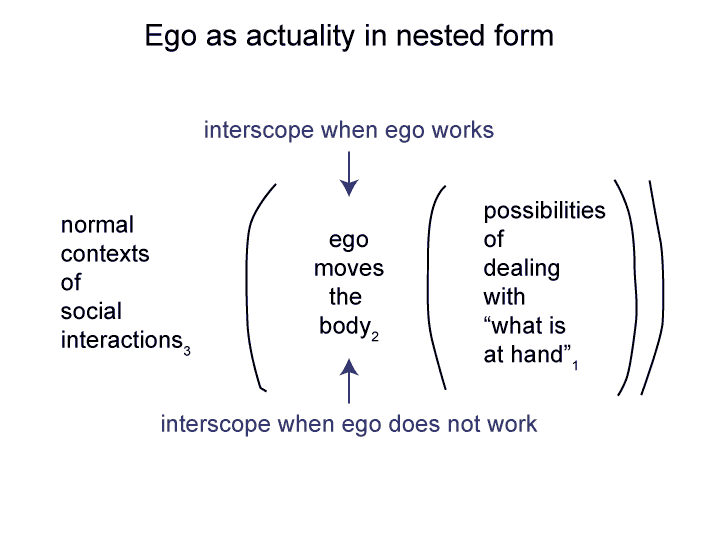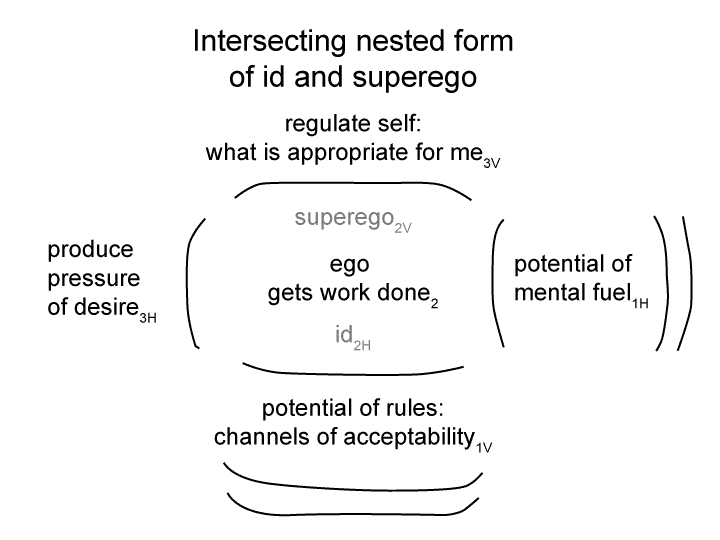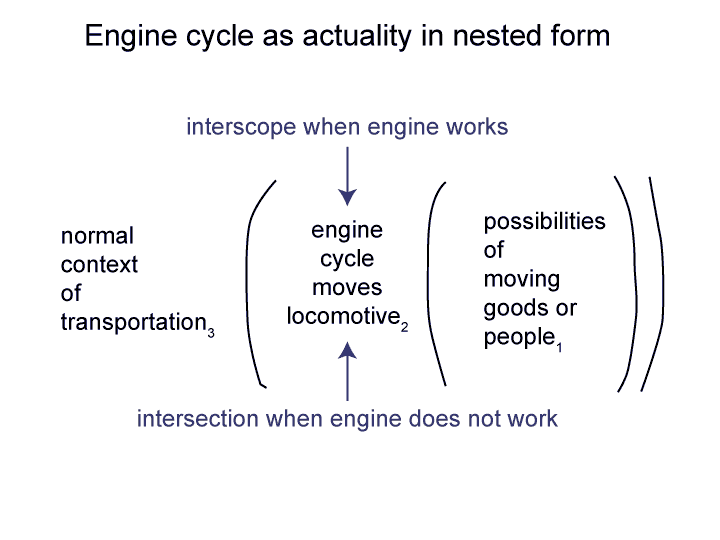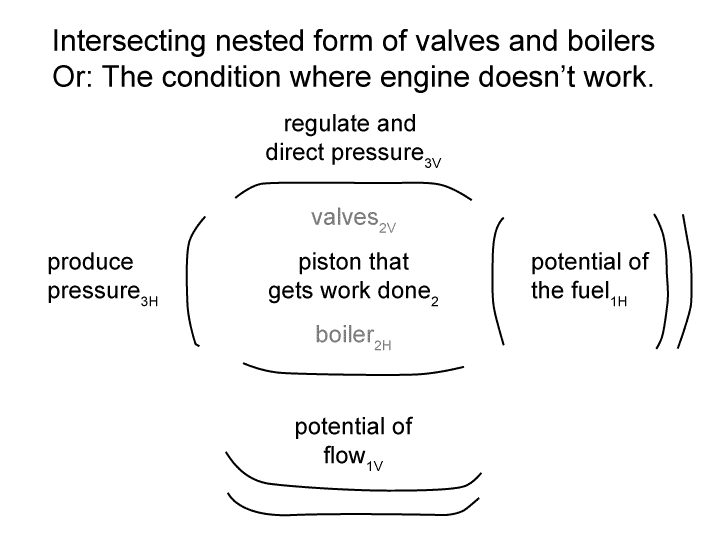Man and Sin by Piet Schoonenberg (1964) 2.3 P
Summary of text [comment] page 80
[When a child adopts the religion of his parents and folk, this adoption is developmentally different from what follows childhood.
The child executes developmental stages that belong to ‘the Lebenswelt that we evolved in’.
Under most circumstances, recognition and participation interscope.
When they do not, the child must ‘grow up’.]




